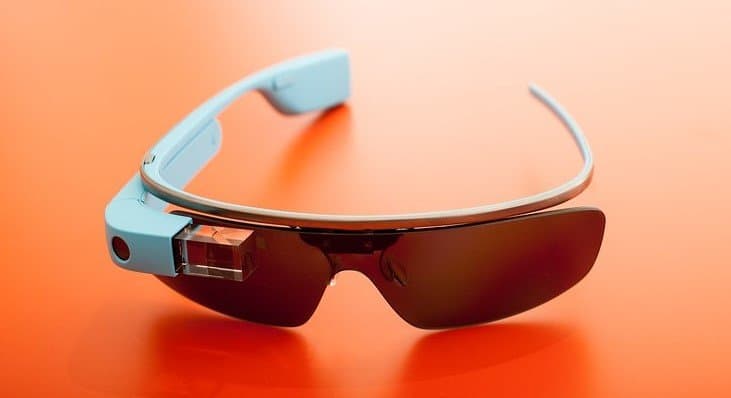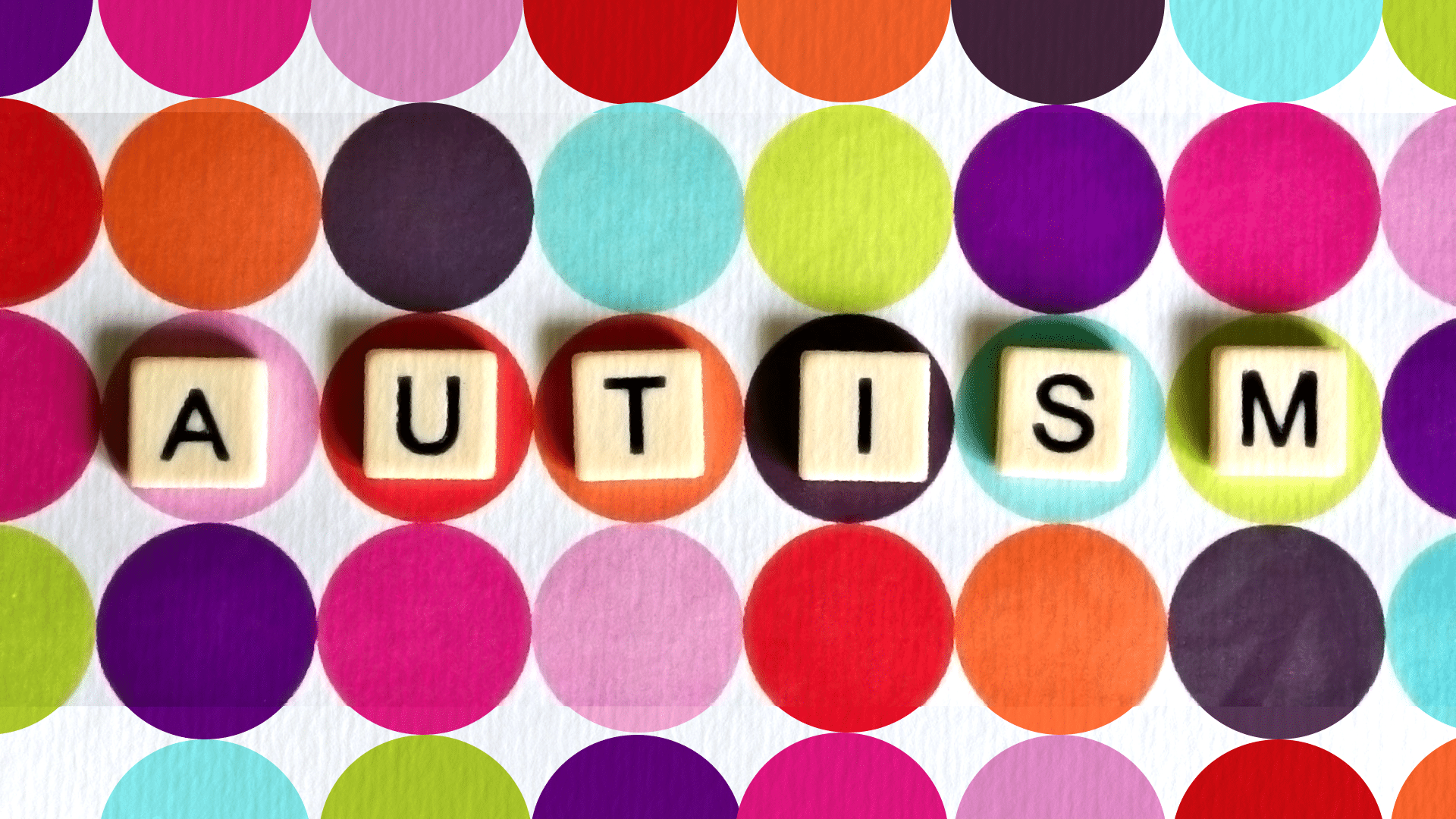What we call Autism refers to a set of developmental disorders characterized by repetitive behaviors and difficulties with communication, interpersonal relationships, and social interaction. When we say “Autism,” we are actually referring to any one of the disorders that fall under the category of Autism Spectrum Disorder (ASD). ASD comes in different forms, and it can affect people with varying severity.
One area where children with ASD tend to struggle the most is in academics. Learning is intrinsically tied to communication and social interaction, especially at a young age. For this reason, parents and teachers often struggle to give children with ASD the education they deserve. Over the past few decades, researchers and teachers have developed a number of strategies and practices for teaching those with ASD, which can include using differentiated instruction, visual supports, and assistive technology. Each child has their own needs when it comes to learning, so a lot of creative approaches are used.
This brings us to AR. AR, or augmented reality, involves overlaying computer graphics onto video of the real world. It’s created new ways for us to learn, play, and interact. With the increased availability of AR-compatible devices (i.e. smartphones), companies like Agents of Discovery (AoD) have started developing educational tools that incorporate AR. These tools differ from traditional educational methods because they are more interactive and address different learning styles. An app might have students move an object around on the screen, move their phone or tablet around to view objects, listen to sounds or music, color a picture, or read text floating above an object they see on the screen. And those are just a few examples!

“Snapchat filters.” by kobe.briers is licensed under CC BY 2.0
Snapchat filters are a fun example of AR that most people are familiar with. Computer graphics like flowers and puppy ears are superimposed over reality.
Why Use AR to Teach Children with ASD?
Educational tools using AR are diverse and versatile, and this makes them a great option for teachers looking to implement differentiated instruction. The learning environment is expanded with the addition of a virtual landscape, and educators can introduce new ways for students to engage with the material. In the Agents of Discovery app, for example, educators create Missions for learners to play. They customize not only the questions and answers, but also the way students can learn, demonstrate their knowledge, and interact with the game. What’s more, educators have access to statistics on success rate and participation, which can help them adapt Missions to suit students’ needs.
This is terrific for players with ASD, but these features benefit other users as well. In fact, AR apps are well-suited for learners with a variety of disabilities. Students learn through many different kinds of experiences; however, classical teaching methods emphasize delivering subject matter through written or spoken word. This structure puts students who need or prefer to learn via other formats at a disadvantage.
By introducing AR into the classroom, teachers can incorporate more kinesthetic, visual, and auditory activities. These can provide students with better support and accommodate their individual learning needs. Plus, the fact that AR methods are based on phones or tablets means they can easily be integrated with assistive technology (the AoD app even features a Text-to-Speech option).
It’s also important to note that AR apps can be affordable educational tools compared to traditional printed materials. There’s no clear-cut figure for how much it costs to educate a student with special needs, but it’s a lot. As just one example, the State of California spends more than 13 billion dollars every year on special education students. The thing is, many schools already have access to smartphones or tablets, so the only additional cost is the app itself. Schools and other organizations will often be given discounted rates as well.
How Is AR Currently Being Used to Teach Students with ASD?
Because educational tools using AR are so engaging and accommodating, they are being used in both standard and special needs classrooms alike. For example, the AoD app is being used in schools to teach subjects like language, math, and science. AoD has a vast collection of premade Challenges, including hundreds of questions that were designed around the Next Generation Science Standards (NGSS). Another fun app for students is Google Arts & Culture, which allows you to view things like animals, architecture, and artwork through AR. In addition, students can use it to go on virtual ‘field trips’ to a number of locations around the world. There are even AR books in classrooms now, taking storytime to a whole new dimension.
For students with ASD, social-emotional learning (SEL) can be a struggle, and AR apps like Wisdom: The World of Emotions are available to help teach them valuable social-emotional skills. Another augmented reality educational tool takes this one step further; the company Brain Power has developed an MR system called Empowered Brain™ that lets kids play fun, SEL-themed games using Google Glass. It’s designed specifically to assist students with ASD and other special needs.

“google-glass-10” by giuseppe.costantino is licensed under CC BY 2.0
MR, or mixed reality, is obtained by projecting virtual objects onto glasses or a transparent screen, or sometimes directly into the eye. The holograms combine with players’ regular vision to create an augmented reality experience. Google Glass (shown above), Microsoft HoloLens, and Magic Leap 1 are examples of MR devices.
Research Findings
Even before AR had made its way onto our smartphones, researchers knew it had a lot of potential as an educational method for special needs students. In 2015, a group of researchers created an AR system using a camera, computer, and monitor, and used it to investigate how AR could be used to promote ‘playing pretend’ in children with ASD. (Playing pretend is an important behavior that children with ASD tend to demonstrate less often than children without developmental disorders.) They found there was a “significant improvement of pretend play in terms of frequency, duration and relevance using [their] AR system.”

Photo by Sandy Millar on Unsplash
Although engaging in pretend play is something children do for fun, it’s also an important developmental activity. It helps them cultivate empathy and self-regulation.
A more recent study examined the potential of AR for improving student reaction times when identifying letters and numbers – a process involving both cognitive and motor skills. They found that children with ASD had improved reaction times after practicing with their AR game. AR has been used to teach children with ASD other practical skills as well, like how to recognize facial expressions or how to brush their teeth.
Though the majority of schools have yet to implement AR educational tools, games that use augmented reality are more immersive and engaging than regular classroom activities where students simply sit at their desks. Excitingly, as more schools transition to AR, we’re beginning to see how it will enhance the way we teach. AR technology for ASD is still a particularly active area of research, too. This makes sense, because not only is the AR industry relatively new, but it’s also only in the last several decades that we’ve come to recognize autism.
In the future, you can expect to see more AR apps for education, including those designed specifically for children with ASD and other special needs. AR apps will be used to help kids with ASD transition between schools, to help adults with autism prepare for job interviews, and who knows what else! New apps and products are being released all the time, and they have the potential to make learning (and life) easier for those with ASD.


